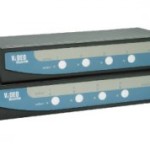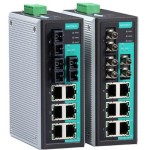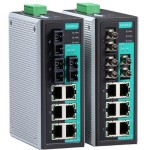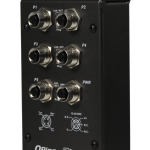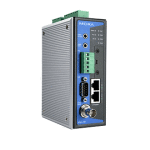Industrial Ethernet Switch refers to the use of standard ethernet switch protocols with rugged connectors and extreme temperature switches in an Industrial environment, such for automation, mining, transportation, electricity or production control Components used in manufacturing process areas must be designed to work in harsh environments of temperature extremes, humidity, and vibration that exceed the ranges for normal equipment intended for installation in controlled environments. Industrial Ethernet Switches networks must compatible with both current and legacy systems, and must provide high performance and high maintainability. In addition to physical compatibility and low-level transport protocols, an industrial Ethernet Switch system must also provide security both from intrusions from outside and from unauthorized use within the organization.
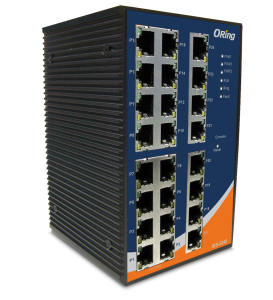 While industrial Ethernet systems use the same protocols as Ethernet applied to home or office automation, industrial Ethernet switches /hubs put into consideration of the environment in which the equipment will be used. Switches must tolerate a wider range of temperature, vibration, and electrical noise than equipment installed in home or office areas. Ethernet Switches communicate by sending each other data packets: blocks of data individually sent and delivered. Switches manage the flow of data across a network by transmitting a received message only to the one or more devices for which the message was intended. Each Ethernet Switch is given a 48-bit MAC Address. The MAC addresses are used to specify both the destination and the source of each data packet. Ethernet Hub establishes link level connections, which can be defined using both the destination and source addresses. On reception of a transmission, the receiver uses the destination address to determine whether the transmission is relevant to the station or should be ignored. Network interfaces normally do not accept packets addressed to other Ethernet stations.
While industrial Ethernet systems use the same protocols as Ethernet applied to home or office automation, industrial Ethernet switches /hubs put into consideration of the environment in which the equipment will be used. Switches must tolerate a wider range of temperature, vibration, and electrical noise than equipment installed in home or office areas. Ethernet Switches communicate by sending each other data packets: blocks of data individually sent and delivered. Switches manage the flow of data across a network by transmitting a received message only to the one or more devices for which the message was intended. Each Ethernet Switch is given a 48-bit MAC Address. The MAC addresses are used to specify both the destination and the source of each data packet. Ethernet Hub establishes link level connections, which can be defined using both the destination and source addresses. On reception of a transmission, the receiver uses the destination address to determine whether the transmission is relevant to the station or should be ignored. Network interfaces normally do not accept packets addressed to other Ethernet stations.
Industrial Ethernet networks often use many network switches/ hubs to segment a large system into sub-networks, divided by address, function, protocol, or application. Using network switches allows the network to be broken up into many small domain. This minimized the risk of a misconfigured device generating unnecessary excess network traffic. When an industrial network have to connect to an office network or external networks, a firewall system can be install to control exchange of data between the networks.


